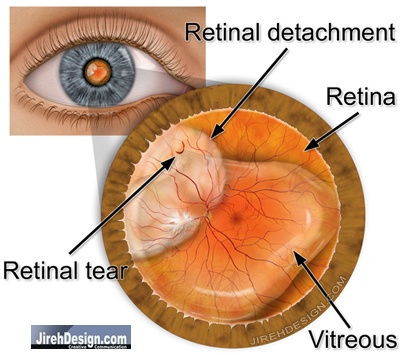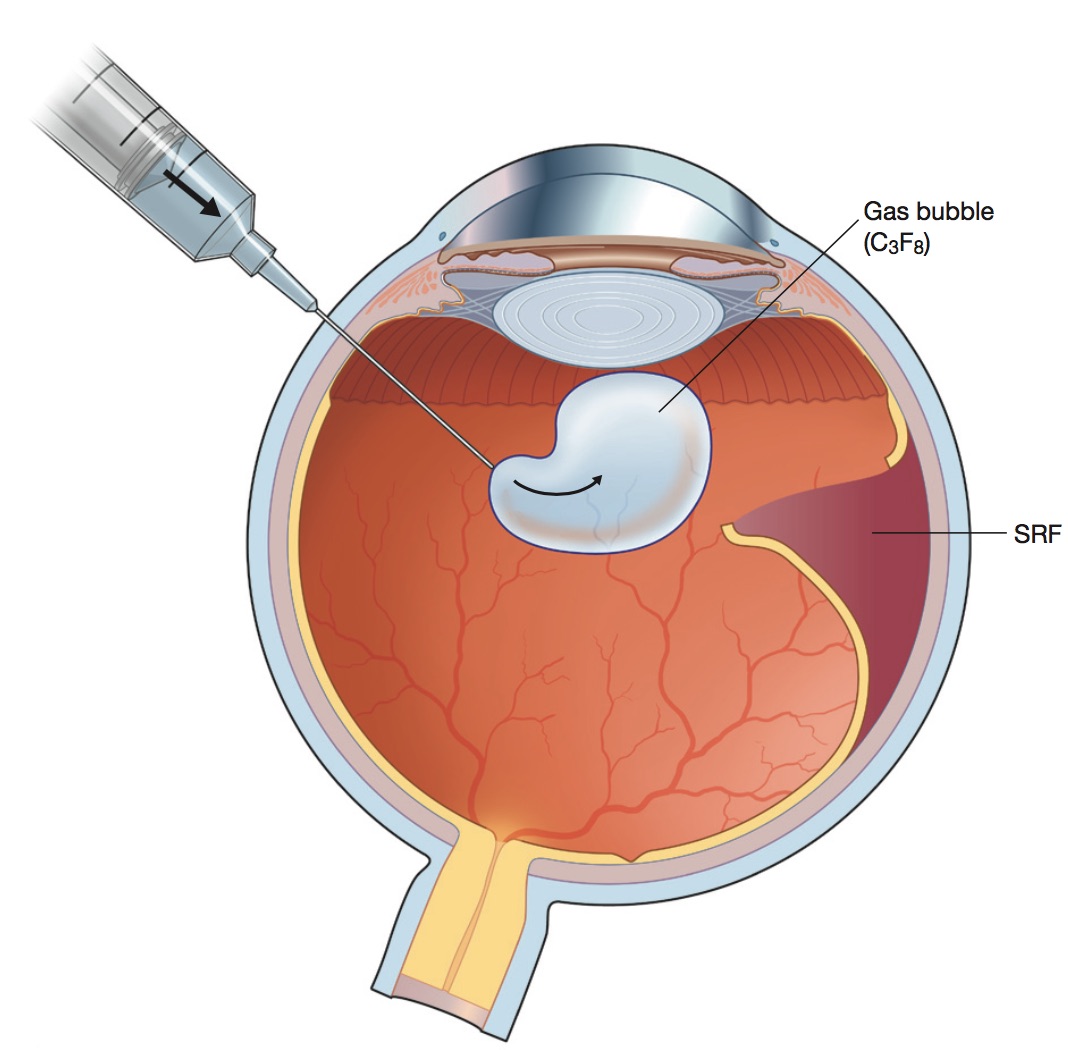

The band is usually permanently attached and covered by the skin of the eye so it is not visible.Ĭryopexy or laser photocoagulation may also be performed at the time of a scleral buckling procedure in order to prevent possible repeat tears. The scleral buckle slightly changes the circumference of the eye. This band alters the shape of the eye and slightly pushes the eyeball down into the retina, allowing it to reattach and fixing any breaks. A small flexible band or sponge, usually made out of silicone or another synthetic material, is attached to the white part of the eye (the sclera). The surgery is most commonly performed under general or local anesthesia at a hospital by a specialty trained surgeon.ĭuring the surgery, the retina is pushed back into place. Scleral buckle surgery is a common method for treating retinal detachments and sometimes tears as well. Posterior vitreous detachment, especially in old adults.Extreme myopia, causing a lot of strain on the eye.Retinal detachment can occur in patients with the following risks: Sudden floaters in the field of vision, which can impair vision.Sudden light flashes that appear when looking to the side.Patients with retinal detachment often don’t complain about pain but may experience some symptoms. This can cause permanent vision loss if not treated quickly. It can be torn or even completely detached from the back wall of the eye. Scleral Buckle surgery has been used for decades to repair a retinal detachment. It can save you from further damage to your vision. Overall, a scleral buckle surgery can help to repair a torn or detached retina.

You will usually need at least several months to recover after a scleral buckle surgery. It is performed at the hospital or surgery center under anesthesia. Scleral buckle surgery is deemed by insurance a medically necessary procedure. There are some risks associated with the surgery, and additional surgeries are sometimes needed to correct vision. Scleral buckle surgeries have a success rate that is over 90 percent. This helps to push the retina back in place to heal the tear or detachment. This often requires surgical treatment to prevent permanent vision loss.Ī scleral buckle surgery attaches a small synthetic band on the white part of the eye, called the sclera, to change the shape of the eye. To learn more about scleral buckling and whether you’re a candidate for this surgery, call Retina Specialists or use the online scheduling tool to book your consultation today.The retina can be torn or completely detached. They adjust the dosage of these drops at your follow-up appointment, where your specialist checks the progress of your recovery and whether the procedure has worked. Your surgeon may also provide antibiotic eye drops to prevent infection. Your eyes may also be swollen, red, and tender, and to protect them, your Retina Specialists surgeon provides a hard eye patch, that you must wear for a few days after your surgery. You may experience some pain right after the procedure, but this goes away in a few days. You go home the day of your scleral buckling surgery, and your recovery lasts for 2-4 weeks. What is the recovery time for scleral buckling? The entire procedure takes about one hour.Īfter surgery, your doctor drains any excess fluid behind your retina and uses antibiotics to prevent infection. Your surgeon may use extreme heat or cold to create scar tissue and seal the area around the tear or detachment. This buckle is designed to push the sclera closer to the middle of your eye to reattach your retina and repair the tear. Your surgeon attaches a silicone buckle or sponge onto the white of your eye - the sclera - at the point where your retina has torn or detached. They dilate your pupils with eye drops and make an incision into the sclera. What should I expect during scleral buckling?Īt Retina Specialists, your surgeon provides anesthesia or an oral sedative to relax you during the procedure. This procedure helps heal your retina and raises the chances of saving your vision. If your retina has detached, scleral buckling can support its healing by manipulating your sclera toward the middle of the eye to help reattach your retina and close any tears.


Your retina is the layer of tissue at the back of your eyes that is responsible for transmitting visual information to the optic nerve in your brain. Scleral buckling is a type of eye surgery used to repair retinal detachment, tears, or holes, and restore your vision.


 0 kommentar(er)
0 kommentar(er)
